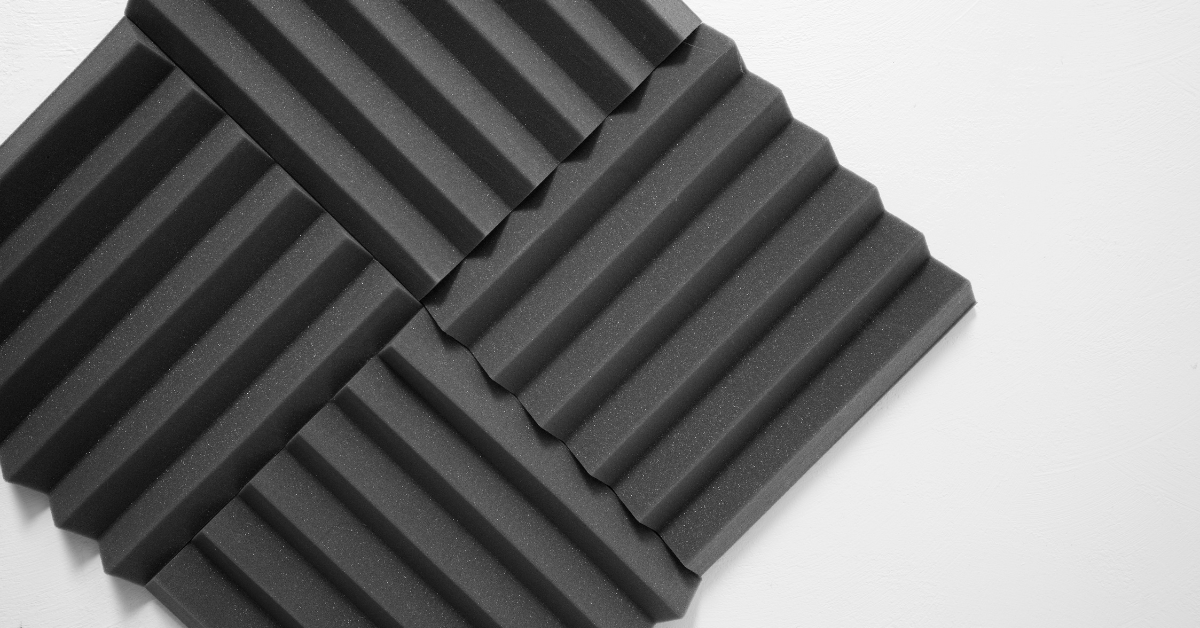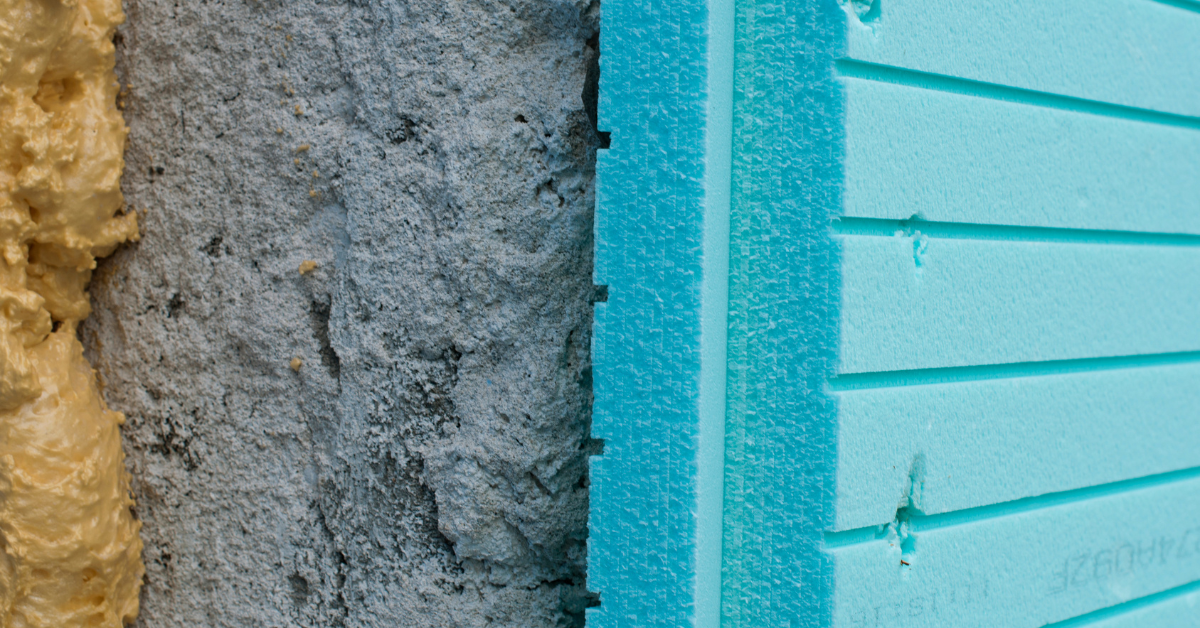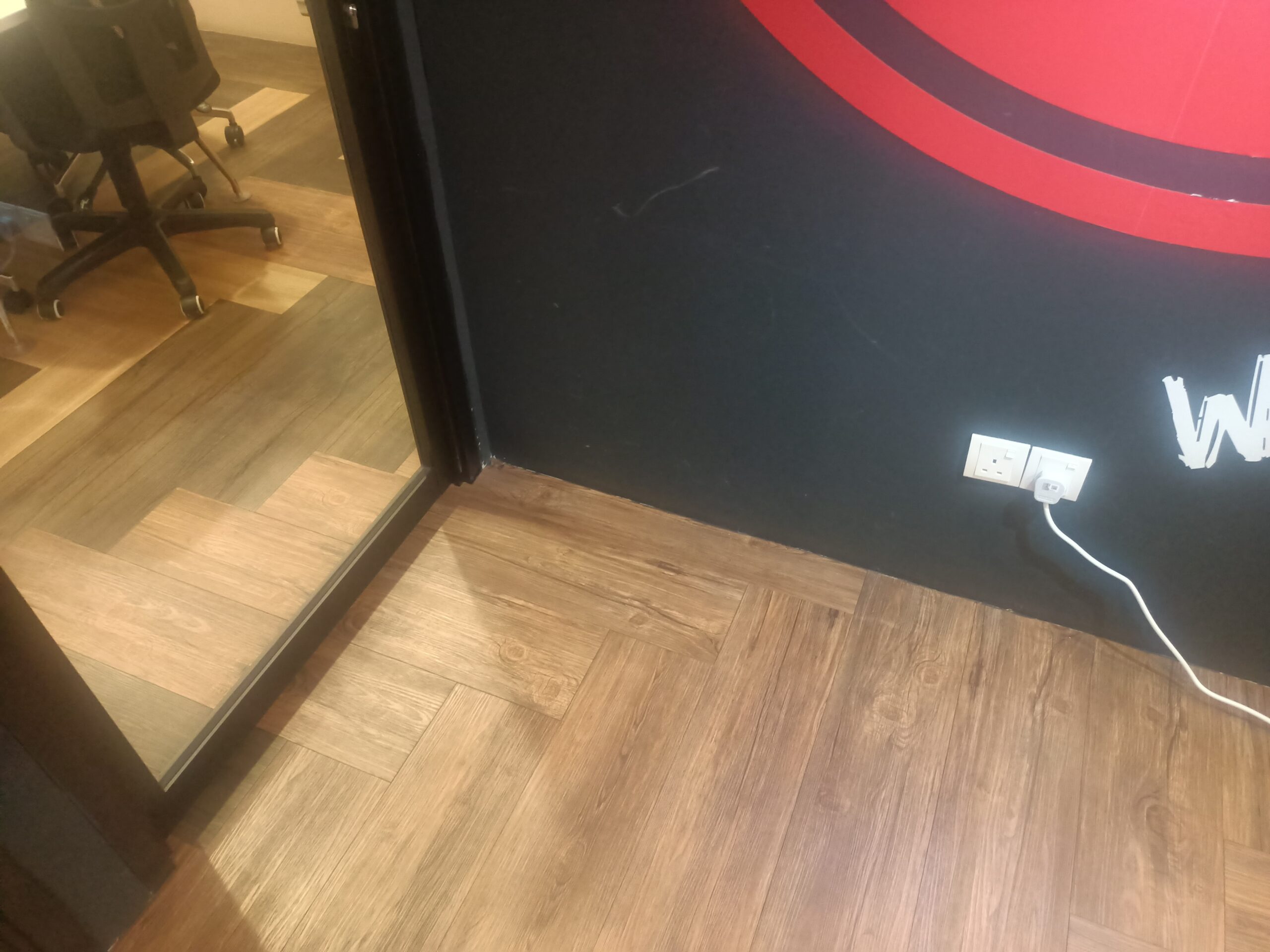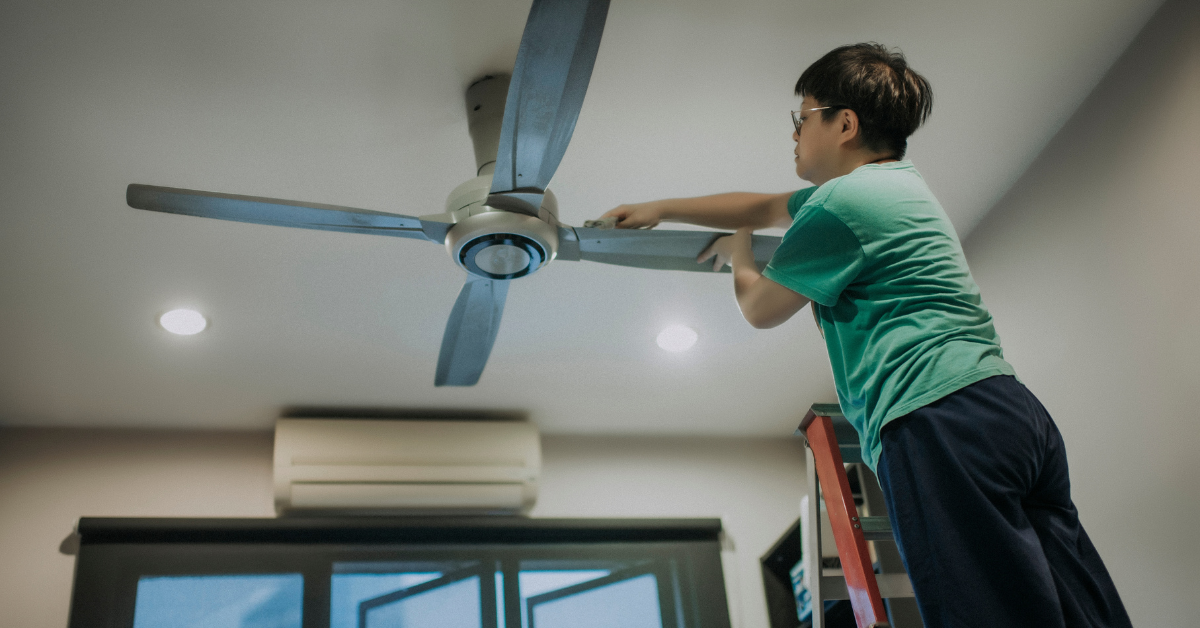Trashy sound isn’t good. There’s nothing positive about sound that is muffled and distorted.
Acoustic foam is good! It’s an option for improving the sound quality in your room. It won’t soundproof your room in the truest sense of the word – that is blocking sound from entering or leaving. But it will improve the acoustics in a room, reducing echo and reverberation. So let’s take a look at the best foam for soundproofing.
This article will pick out the best acoustic foam for sound absorption you can buy on Amazon. It weighs up factors such as noise reduction coefficient (NRC), versatility and appearance. Also included is a recommendation of the best acoustic foam for your budget, and some alternative materials to consider for sound absorption. Before that, there’s a no-jargon (or as-little-as-possible-jargon) explanation of what acoustic foam is, and how it works.
Not in the mood for a preamble and want to get straight to the best foam for soundproofing? Fast-track to the section you want below…
Skip to:
- What is acoustic foam?
- How does acoustic foam work for soundproofing?
- Best foam for soundproofing
- Best foam for soundproofing on a budget
- Alternatives to foam for sound absorption
- Does spray foam work for absorption?
What is acoustic foam?
You will have seen acoustic foam before. It’s that egg-carton shape foam that you see stuck on the walls inside a recording studio. It also comes shaped like a series of wedges, or as flat panels.
The most common type of acoustic foam is polyurethane foam. Acoustic foam is a good sound dampener. It absorbs sound, reducing echo and reverberation. This can improve the clarity of sound, improving the audio experience.
But acoustic foam isn’t just for recording studios or home theaters. It can help to create a quieter, more pleasant environment in any room.
There are more effective sound absorbing materials than acoustic foam, such as mineral wool or polyester fiber. But some of these options often require installing within a wall, floor or ceiling. The beauty of acoustic foam is that you can stick it up easily on the outside of your walls, without any building work necessary. In fact, there are many self-adhesive acoustic foam panels which are super-easy to stick on:
Other advantages of acoustic foam are that it is versatile, being cut to size without any bother, and is relatively inexpensive.
How does acoustic foam work for soundproofing?
Without wanting to make this sound like a science lesson…
Most acoustic foam you will come across will be polyurethane, a type of plastic. It’s manufactured from an open-cell polyurethane – which is a foam made up of small, unsealed cells. These cells accommodate air that fills their space, and in this way, are able to absorb and dampen sound waves. This is how they prevent sound from reflecting off the walls in your room, thereby reducing echo and reverberation and improving sound quality.
Time for a deep breath! OK – one more technical bit?
The sound-dampening effect happens when the foam absorbs the sound waves, reducing their intensity and converting the sound energy into heat energy. This is a process known as sound dissipation.
In this way, acoustic foam gives you sound absorption. To block or deaden sound, you should be looking at other soundproofing materials such as mass loaded vinyl (MLV).
Now let’s get onto the best foam for soundproofing.
Best foam for soundproofing
It’s worth noting again that acoustic foam won’t block sound or stop sound transmission. Don’t rely on acoustic foam to stop noise from coming in or going out of a room. What acoustic foam will offer you is sound absorption, preventing sound from reflecting off your surfaces and improving acoustics in a room.
Auralex Acoustics Studiofoam Wedgies
Some of the cheaper ‘egg carton’ acoustic foam you will find has a noise reduction coefficient rating (NRC) of around 0.40 to 0.65. Auralex Acoustics Studiofoam Wedgies have an NRC rating of 0.75.
Some of the cheaper ‘egg carton’ acoustic foam you will find has a noise reduction coefficient rating (NRC) of around 0.40 to 0.65. Auralex Acoustics Studiofoam Wedgies have an NRC rating of 0.75.
NRC ratings explained – NRC ratings range from 0 to 1. If a material has an NRC rating of 0.6, that means it absorbs 60% of the sound that hits it, and reflects 40%.
The 0.75 NRC rating of Auralex Acoustics Studiofoam Wedgies looks the highest, or one of the highest of any acoustic polyurethane foam around.
So first and foremost, you are getting highly effective sound absorption with this option. The sound dampening effect will reduce echoes (hearing a sound twice) and reverberation (when sound ‘looms’ in a small room). The result is less ‘background’ noise, and more focused, clear, high quality noise. That’s the key to improving acoustics.
You’ll get 24 of the 2 inch wedgies in each pack. That means they cover 24 square feet, giving you more than enough sound absorption ability to make a real difference.
Auralex Acoustics Studiofoam Wedgies are fire-rated, and look a little more sophisticated than the same old ‘egg carton’ shape. They are certainly among the best acoustic foam panels for soundproofing.
Best foam for soundproofing on a budget
Dmsky Sound Proof Foam Panels
Dmsky Sound Proof Foam Panels can do a good job of sound absorption for a very reasonable price. It costs less than $20 to order a 12-pack of these 12” x 12” x 1” panels on Amazon.
They look a little like the Auralex Acoustics Studiofoam Wedgies described above, but these foam panels are likely to have a lower NRC. The exact NRC rating wasn’t readily available online, but you can expect most acoustic foam at the cheaper end of the market to have an NRC of around 0.40. Remember – with 0.40 NRC you are still absorbing 40% of sound waves hitting your walls or ceiling, so this will make a difference.
Dmsky Sound Proof Foam Panels are an excellent no-frills choice for your recording studio or home theater. They are durable and easy to install, as they have self-adhesive backing. For a quick job to improve your sound acoustics, you can’t really argue with the price.
Alternatives to foam for sound absorption
Maybe you don’t like the look of acoustic foam panels, or want to do an even better job of sound absorbing. There are alternatives to foam for sound absorption, and some of them are more effective, although potentially more expensive and harder to install.
See the comparison table below, followed by a deeper dive on these other sound absorbing options:
| Sound absorbing material | NRC rating |
| Polyester fiber | 0.9 |
| Mineral wool | 0.9 |
| Acoustic (polyurethane) foam | 0.8 |
| Cork | 0.7 |
Mineral wool
Mineral wool insulation is made of natural rock or minerals. It is used as filler in the cavities of walls, ceilings, and floors. It’s excellent at dissipating sound waves, resulting in less echo and reverb.
You’ll find mineral wool in rigid boards suitable for acoustic projects.
Polyester fiber
Another highly effective sound absorber that comes in boards or panels. Polyester fiber can be used as insulation within walls, or with panels, stuck to the outside of your walls. There are some stylish designs for hexagonal panels, too, so they needn’t be such an eyesore.
Cork
Cork gives you sound absorption, as well as the ability to block and deaden sound. This makes it an excellent all-round soundproofing material.
You can find cork in panels, tiles, and carpet underlayment. Read more about cork’s soundproofing ability here – Cork Soundproofing: Does it Work? (Plus More FAQs)
Sound absorbing curtains
Soundproof curtains are heavy curtains that can absorb sound. They are a nice temporary option for sound absorption, improving room acoustics. Usually, soundproof curtains extend all the way from the ceiling to the floor. They can stop sound from reflecting off windows and are also used to create vocal booths within a recording studio.
Here are some buying options – 8 Best Soundproof Curtains in 2023
PVC panels
Another high-performance sound absorption material that comes in panels and tiles. Can be installed as insulation during construction, or on the exterior of ceilings or walls. Offers additional advantages such as water and fire resistance, as well as durability.
Sound blankets
Heavy blankets, sometimes known as soundproof blankets, can be used to absorb sound. You can even use the moving blankets that are used to protect furniture during relocations. Useful for fitting over windows and doors.
Does spray foam work for absorption?
You may have spotted spray foam online or in the shops, and wondered if it could be a convenient option for sound absorption. The product might have even been described as ‘soundproofing spray foam’.
The truth is, spray foam is more effective for thermal insulation than it is for sound insulation. That’s because it doesn’t have the mass or density to be very effective. It’s good at sealing the gaps and cracks that can allow heat to escape out or into a room.
If you are looking for the best spray foam for soundproofing, buy open cell spray foam, rather than closed cell spray foam. Open cell does a better job of strapping sound waves.
You should see spray foam as a secondary option for soundproofing. It can help, but shouldn’t be relied upon.








